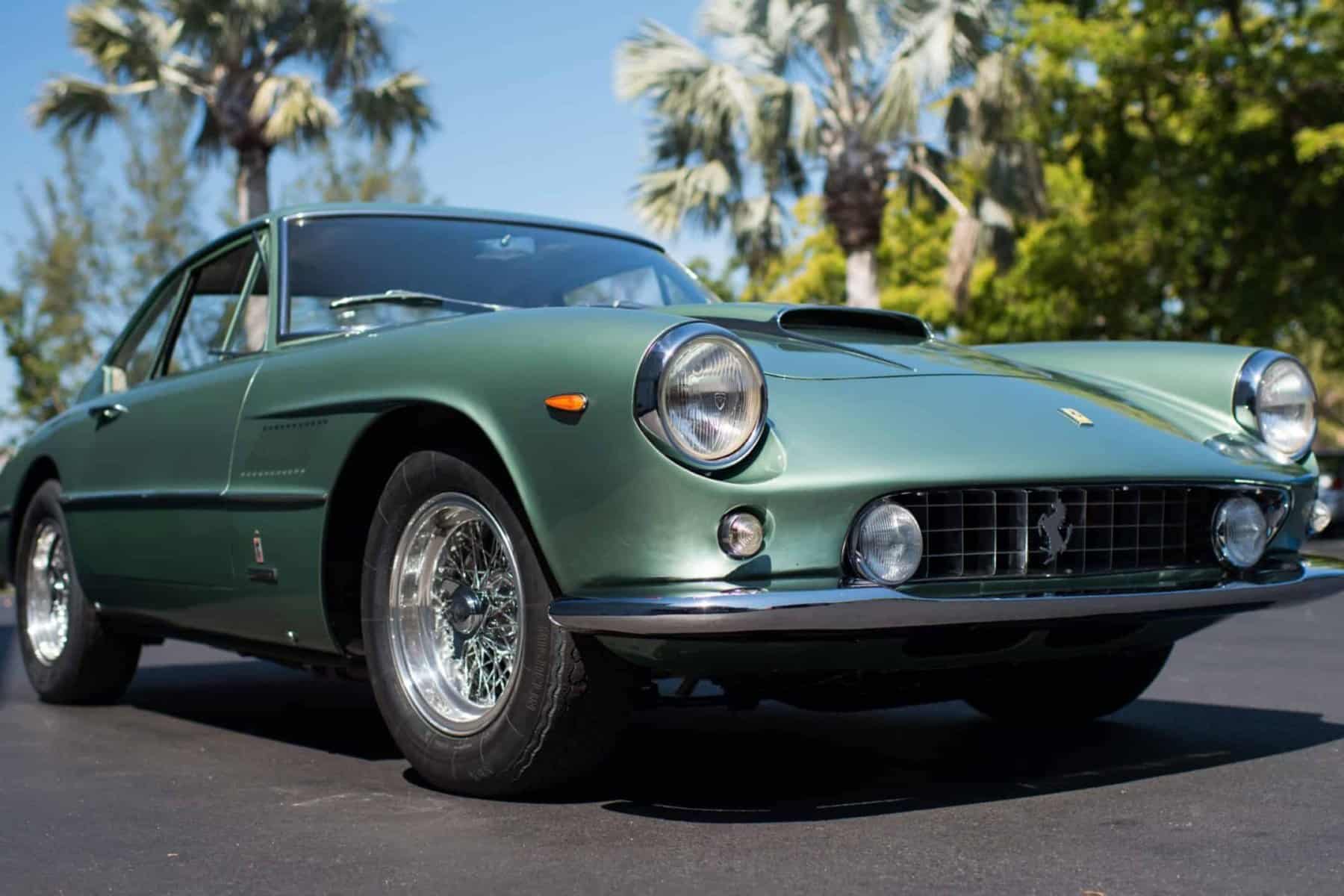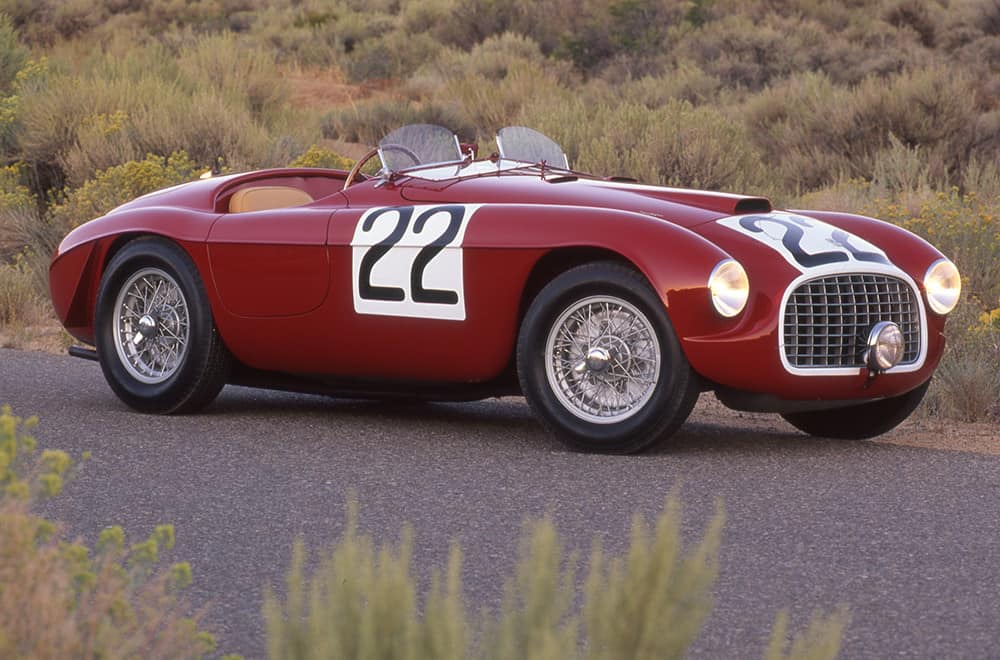
The Ferrari 166 MM Barchetta: The Most Important Ferrari in History?
How one car established Ferrari as an international racing icon
BY: JOHN LAMM
PHOTOS: REVS INSTITUTE, JOHN LAMM
Pebble Beach in 1988 gave car enthusiasts something a little extra special: a look at 14 of the 25 Ferrari 166 MM Barchettas built in the years following World War II. They came from as far away as England, Japan and Switzerland, and as near as Omaha, Kansas City, Cincinnati and San Francisco.
In some ways it is difficult to overstate the importance of the Barchetta. After all, it helped put Ferrari on the map and opened the door for virtually every other model that has followed since.
Ferrari’s first Barchetta – chassis 0002M – debuted at the Turin Salon in September, 1948. That car was soon in the United States, owned by Tommy Lee in Los Angeles. It has remained in the US, and is now part of the Robert M. Lee Collection in Reno.
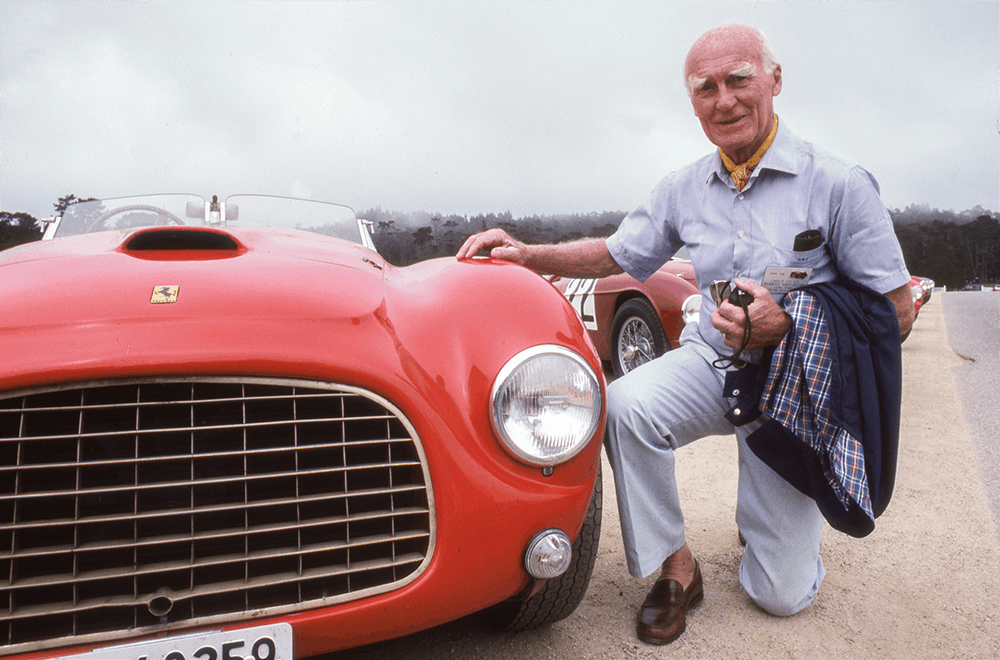
Also in the Lee collection is the 1949 166 MM Touring Barchetta – serial number 0008M. This car just might be the most important Ferrari of all time. In the 1940s, Ferrari was not in a good financial position due to bombing damage suffered at two of their factories during the war. One former employee recounted that the company was so strapped for cash that employees rode to races on benches mounted in the backs of flatbed trucks.
Despite moderate success in 1947, Ferrari needed race wins in order to establish itself as an international contender and gain a financial foothold. The 0008M gave them just that.
On April 24, 1949, the 0008M finished first overall in the Mille Miglia with Clemente Biondetti driving and Ettore Salani beside him. Second place was claimed by Felice Bonetto and Pierrer-Louis Carpani in another 166 MM.
June of that year saw the first running of Le Mans after its ten year hiatus during the war. Ferrari, Delahaye, Bentley, Talbot and Aston Martin were all represented. Luigi Chinetti, then 47, had won Le Mans in 1932 and ‘34. In ‘49 he was paired in 0008M with the car’s owner, Peter Mitchell-Thomson (a.k.a. Lord Selsdon).
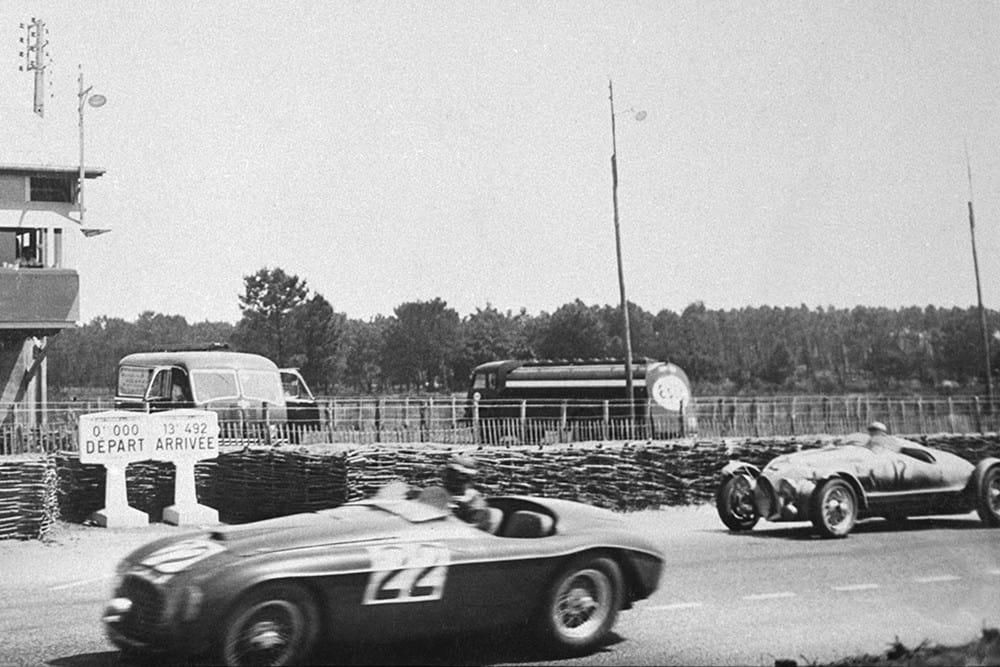
Chinetti used his veteran experience and expert knowledge to prep the 0008M for the race. For example, because he believed a team shouldn’t open the hood of a race car during Le Mans, he installed an oil reserve tank on the passenger’s side floor.
Chinetti also drove almost the entirety of the race, with Selsdon only taking the wheel for 72 minutes in the morning. Despite maneuvering around a slipping clutch that lasted most of the race, they won by a lap and the Ferrari name was permanently established on the international stage. That same year, Barchettas claimed victory at the Targa Florio and 24 Hours of Spa.
Bob Lee, who has since passed away, once chatted with me about his two famous 166 Barchettas. He pointed out that the 0002M, the Tommy Lee model, was “the deluxe version, the sportsman’s car, while the Chinetti car is the stripped-down version.” Then he told a surprising story about how the Chinetti Ferrari almost didn’t win at Le Mans. In fact, it almost didn’t race at all.
The night before the race, Enzo Ferrari was concerned the Barchetta would record a did-not-finish, so he called Chinetti and asked him to withdraw the entry. Chinetti assured Ferrari that he had worked day and night to fix everything on the car and guaranteed he would finish the race.
Lee pointed out that the 0008M finished first in front of cars whose engines had three times the displacement of the Barchetta’s small V-12. “It really put Ferrari on the map as a race car builder,” he said.
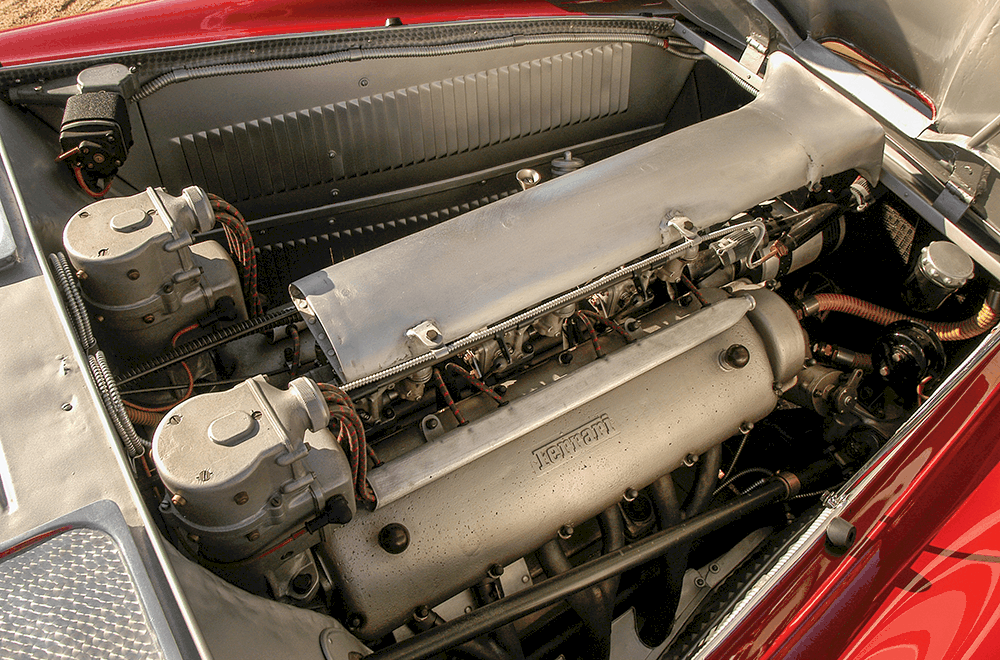
That engine is Gioacchino Colombo’s original 1995cc Ferrari 60-degree V-12, providing 166 cc per cylinder and giving the car its famous “166” name. The single overhead cam is topped by a trio of Weber carburetors and matched with a five-speed transmission. Drum brakes behind Borrani wire wheels finish out a package weighing about 1,430 pounds.
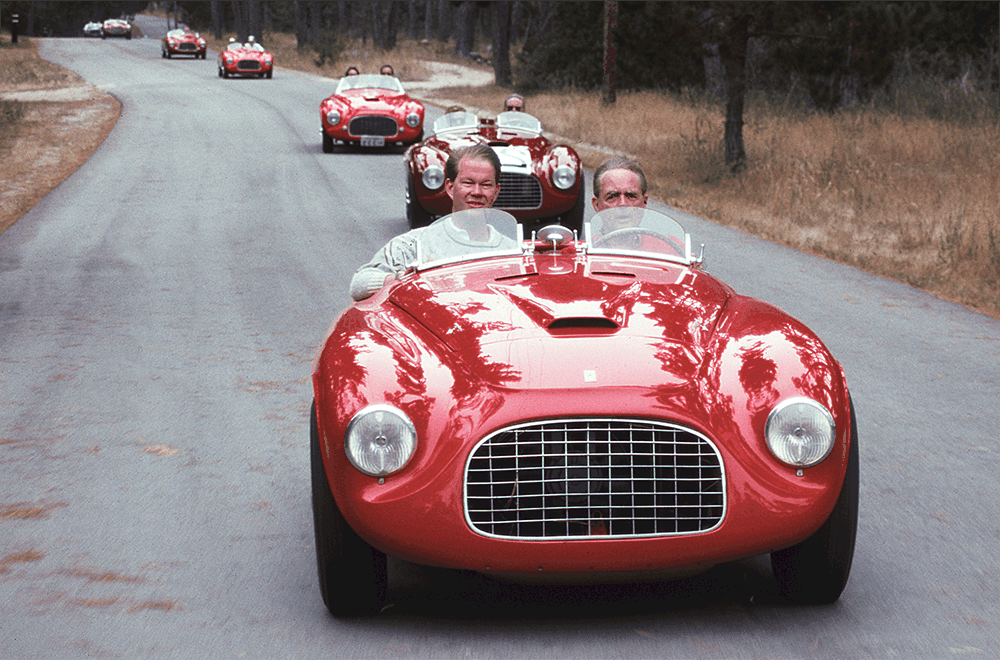
Standing at the start/finish line on that beautiful Pebble Beach day in 1988, I could hear the V-12s as they howled through the forest. Over the previous days, I had the incredible experience of driving up the coast with Barchetta owners along a similar route that racers took in the early 1950s – not through town streets but along dangerous tree-lined roads. It brought a magical sense of awe at the rich history of such an iconic and important race car.




